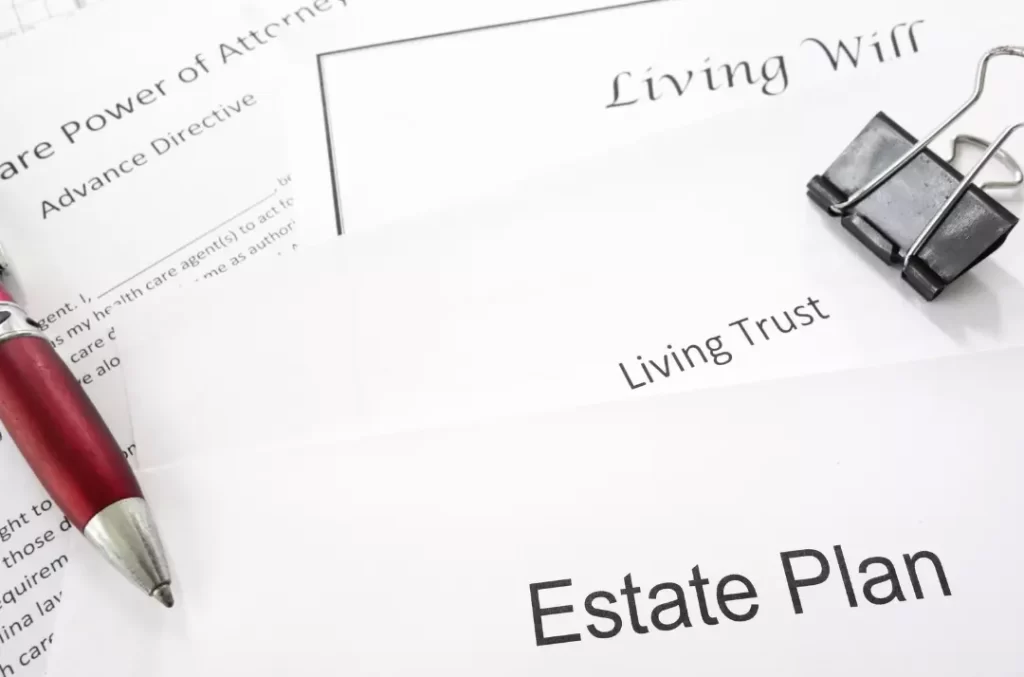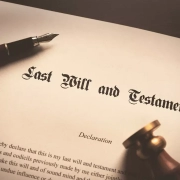Estate planning: Avoiding inheritance headache
In this article, we follow a grieving daughter as she deals with the loss of her mother and the task of sorting out her mother’s estate. She must figure out how to use her inheritance wisely through estate planning.
Judy was hit by the overwhelming silence of her family home when she visited it for the first time after her mother’s death. She realized that she would have to cope with more than just heart-breaking grief.
As she sat among her mother’s possessions, she felt lost and unsure of how to deal with the task of packing up her mother’s house and sorting through her assets.
Judy is not alone, as more than $100 billion in assets were transferred by inheritance in 2018, which is more than double the amount in 2002. The Productivity Commission expects this number to double by 2050.

A few weeks after her mother’s passing, Judy found herself at her mother’s solicitor’s office.
They started estate planning by reviewing her mother’s Will and starting the process of closing her mother’s bank accounts and credit cards.
Since Judy was her mother’s only child and had been left everything in the Will, there were no disputes, but Judy was clearly overwhelmed, prompting the solicitor to offer her guidance.
“As terrible as today is, every day will slowly get better until there comes a day when you will think of your mother and be filled with happy memories,” he said. “She was so proud of you, she would really want you to make the most of this inheritance, so let’s make sure you do.”
He advised Judy to create a list of tasks that needed to be completed, work through the list at her own pace, and seek the assistance of a compassionate financial planner and accountant for further support.

Comprehensive estate planning to lessen the headaches
As Judy continued on her journey, she discovered that she would be able to inherit her mother’s estate without having to pay any taxes, as long as the assets were not within a Superannuation account. She also learned that she had two years to go through her mother’s assets, sell what needed to be sold, and transfer the remaining assets to her own name.
After the designated time has passed, transferring assets would result in a capital gains event, requiring the payment of taxes on any increases in the value of assets transferred at that time.
Judy’s accountant and financial adviser helped her understand the steps necessary to handle her mother’s assets.
The biggest asset was the family home, but since Judy already owned a home and didn’t want to move, it needed to be sold. The idea of keeping it and renting it out was too difficult and complicated.
In one of their early meetings, Judy mentioned that she would like to use some of the inheritance money to buy a new car, and asked if this was acceptable. The accountant thought it was a good idea and suggested that Judy take a short vacation to clear her head and prioritise her long-term plans for the money from the sale of the house and other assets. It was sound advice and Judy appreciated the time to think things through.
With the help of her accountant, Judy developed a plan after returning from her break. She would use the majority of the money from the sale of her mother’s home to pay off her own mortgage, a decision she knew her mother would approve of.

After buying her new car, Judy decided to gradually transfer the remaining funds into her superannuation account, following the contribution laws and taking advantage of the tax-friendly environment to secure her future.
She also began to reminisce about happy memories of her mother.
It is important to work with your Accountant, Solicitor, and Financial Adviser when creating an estate plan. Please consult with them for more information.









